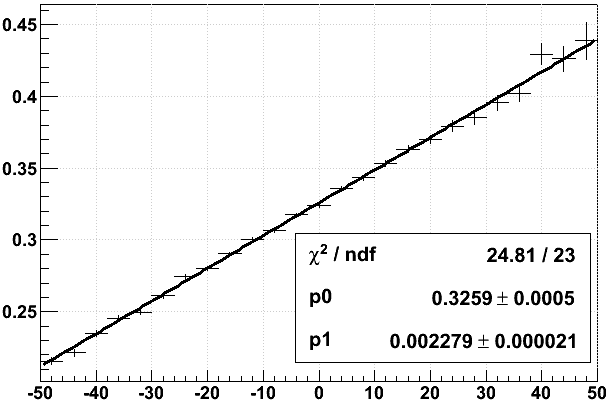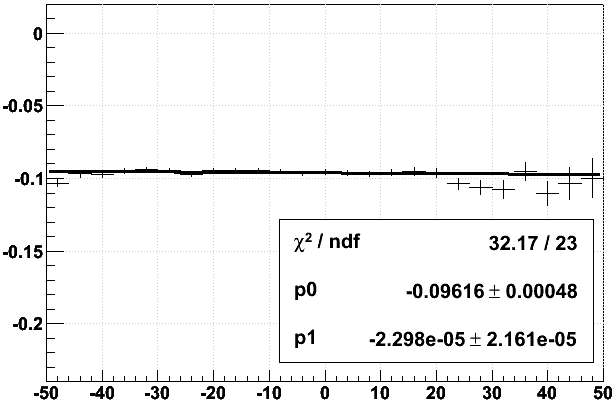- genevb's home page
- Posts
- 2024
- 2023
- 2022
- September (1)
- 2021
- 2020
- 2019
- December (1)
- October (4)
- September (2)
- August (6)
- July (1)
- June (2)
- May (4)
- April (2)
- March (3)
- February (3)
- 2018
- 2017
- December (1)
- October (3)
- September (1)
- August (1)
- July (2)
- June (2)
- April (2)
- March (2)
- February (1)
- 2016
- November (2)
- September (1)
- August (2)
- July (1)
- June (2)
- May (2)
- April (1)
- March (5)
- February (2)
- January (1)
- 2015
- December (1)
- October (1)
- September (2)
- June (1)
- May (2)
- April (2)
- March (3)
- February (1)
- January (3)
- 2014
- December (2)
- October (2)
- September (2)
- August (3)
- July (2)
- June (2)
- May (2)
- April (9)
- March (2)
- February (2)
- January (1)
- 2013
- December (5)
- October (3)
- September (3)
- August (1)
- July (1)
- May (4)
- April (4)
- March (7)
- February (1)
- January (2)
- 2012
- December (2)
- November (6)
- October (2)
- September (3)
- August (7)
- July (2)
- June (1)
- May (3)
- April (1)
- March (2)
- February (1)
- 2011
- November (1)
- October (1)
- September (4)
- August (2)
- July (4)
- June (3)
- May (4)
- April (9)
- March (5)
- February (6)
- January (3)
- 2010
- December (3)
- November (6)
- October (3)
- September (1)
- August (5)
- July (1)
- June (4)
- May (1)
- April (2)
- March (2)
- February (4)
- January (2)
- 2009
- November (1)
- October (2)
- September (6)
- August (4)
- July (4)
- June (3)
- May (5)
- April (5)
- March (3)
- February (1)
- 2008
- 2005
- October (1)
- My blog
- Post new blog entry
- All blogs
BeamLine for pp500 from TPC Twist
The TPC Twist calibration involves using vertices reconstructed by the TPC, and the current practice is to compare the vertices reconstructed by the east and west halves separately. However, in the process, the vertices reconstructed using the whole TPC are stored. Taking these vertices (from runs 12061094-12062005), and weighting by sqrt(multiplicity)/<sqrt(multiplicity)> over the range of vertices between -50 cm < Vz < 50 cm when taking the profile of (Vx vs. Vz) and (Vy vs. Vz), then fitting a 1st order polynomial gives me a good preliminary BeamLine calibration. Here are the (Vx vs. Vz) and (Vy vs. Vz) profiles and fits respectively:


There are some visible artifacts in these distributions which should be cleared up in any final calibration, but are acceptable at the level of our interest in determining this to within a few hundred microns as a preliminary calibration (though systematic variations over the course of time during Run 11 are not studied here).
When comparing to the BeamLine calibration that was previously found using HLT data (which assumed zero slope), this result is significantly different:
| Intercept [cm] in... | x | y |
| HLT | ||
| Twist | ||
| difference |
A different study found signed DCAs that were maximally incorrect at phi = ~0 and ~pi (horizontal) when using the HLT-determined BeamLine, which would imply that the BeamLine was maximally off in the vertical direction...perhaps even by more than half a centimeter. This is in accord with the difference between the HLT-determined and Twist-determined BeamLines, which is about 0.7 cm and is predominantly vertical. So there is reason to be optimistic that the Twist-determined calibration is better.
I still suspect there is some coordinate system difference between HLT and offline reconstruction, but this is my only evidence at this time. In fact, the TPC global coordinate system does use a shift of -0.1780 cm in x and and -0.6752 cm in y (see the database entries for Geometry_tpc / tpcGlobalPosition), which comes very close to matching shifts seen between these two determinations of BeamLine position (see "difference" in the above table)!
I have uploaded these numbers to the database for Run 11 pp500.
-Gene
- genevb's blog
- Login or register to post comments
